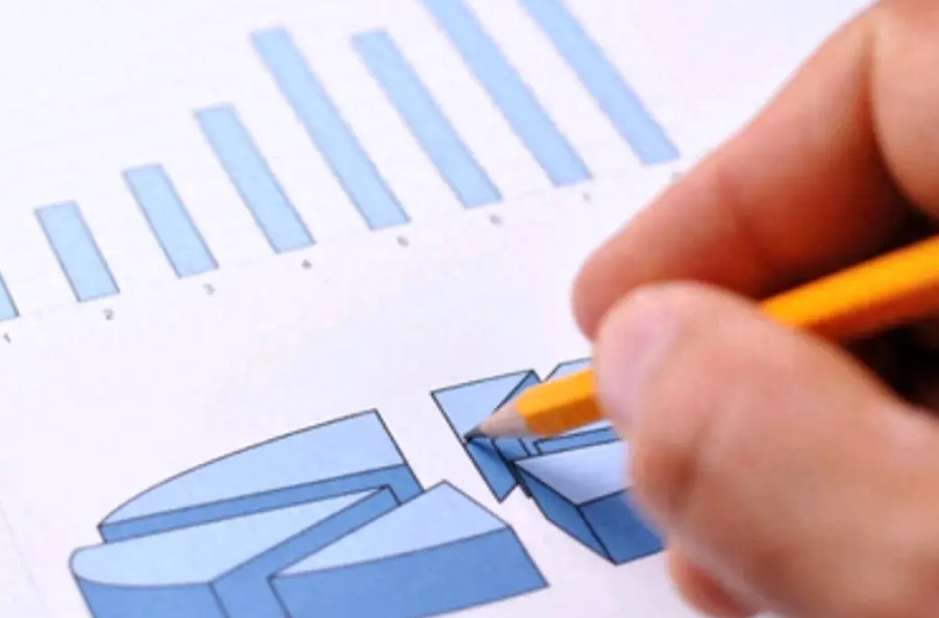The Dilemma of Russia's Interest Rate Hike
Advertisements
In recent times,the spotlight has intensified on the actions of the Central Bank of Russia regarding interest rates,as it grapples with the persistent threat of inflation that seems far from subdued.For over a year,Russia has experienced stubbornly high inflation rates,prompting the central bank to take measured steps in an effort to regain control.The ramifications of maintaining elevated interest rates have become apparent in several sectors of the economy,which are beginning to feel the strain as they struggle to navigate the increased costs associated with borrowing.
This current cycle of rate hikes commenced in July 2023,after nearly ten months of stability at a key rate of 7.5%.As the inflation rates surged,the central bank found itself in a position where it had to adjust the rate multiple times,pushing it from the initial 7.5% to the current critical threshold of 16%.The market has been rife with speculation regarding the potential for further raises,with varying expectations influencing both business and consumer behavior.
A notable twist occurred in early June when the central bank opted to maintain rates,despite the anticipation of a hike from the market.This decision reflects a nuanced understanding of economic dynamics: while price increases linger close to the edge of excess,they remain within acceptable boundaries.The central bank's cautious stance towards further increases suggests a careful balance between curbing inflation and ensuring economic stability.Anatoly Aksakov,the chairman of the Financial Markets Committee in the State Duma,believes that keeping rates at 16% signals a sense of control over economic imbalances,making additional aggressive measures unnecessary at this juncture.
The Russian economy,according to reports from the central bank,continues to exhibit a robust performance.For instance,GDP growth in the first quarter of the year was reported at a remarkable 5.4%,exceeding earlier predictions set by the bank.While signs of a slowdown emerged in the second quarter,consumer activity remained robust,with investment demands appearing to withstand the pressures of the current economic environment.Surveys of businesses and fixed asset investments support this perspective,showing no significant erosion in investment appetite among firms.Moreover,a rise in the commercial climate index in May reached levels not seen in over a decade,underscoring resilience in the job market as unemployment rates remain at historic lows.
However,internal divisions regarding inflation trends within the central bank's ranks emerge in the latest reports.Some analysts argue that the inflation indicators reflected in May exceeded expectations,with ongoing credit and consumer expansion suggesting a likelihood of elevated inflation levels persisting or even ascending further.Conversely,an alternative viewpoint suggests that recent price fluctuations have been largely driven by isolated factors,causing instability in monthly price changes that fail to yield concrete insights into underlying inflation trends.Interestingly,some experts involved in monetary policy discussions believe that as monetary policy's effects on loan dynamics and consumer behavior become pronounced,signs of inflation may well start to decline.
Underlying these economic fluctuations are persistent supply-demand mismatches,which continue to act as the primary catalyst for rising prices.In its latest report,the central bank pointed out that consumer demand is outstripping the pace of supply expansion,leading to upward pressure on prices.While consumer confidence remains high and appears unperturbed by rising costs,the supply side faces numerous constraints.The historically low unemployment rate,typically interpreted as a signal of positive economic momentum,is now creating tension within the labor market, especially impacting sectors such as information technology.
especially impacting sectors such as information technology.
It becomes increasingly evident that multiple drivers of inflation are coalescing,potentially forcing the central bank to reconsider its monetary policy stance.Factors such as labor shortages exacerbate the existing supply-demand imbalance,perpetuating strong inflationary pressures.Additionally,the government’s implementation of extensive subsidized mortgage lending programs appears to dilute the effectiveness of the key interest rate,possibly necessitating a more stringent monetary policy response to tether inflation towards target levels.Furthermore,escalating geopolitical tensions threaten external trade prospects; falling exports amidst high import demands inject fresh uncertainty into the ruble's valuation and inflation trajectory.Elevated inflation expectations among households and businesses also risk exacerbating inflationary outcomes,potentially creating a self-reinforcing cycle.
The assessment in the market suggests that should the central bank raise interest rates again,the associated economic pressures might intensify.Conversely,failure to raise rates promptly could hinder both household and corporate savings,hampering credit growth and limiting internal consumption possibilities.This could ultimately jeopardize the economic conditions necessary for sustainable growth,making the target of achieving a 4% inflation rate by 2025 considerably more challenging.However,caution accompanies the potential for premature rate hikes; overly restrictive monetary policies can inadvertently stifle economic vitality.Consequently,there are calls for acquiring more reliable data to gauge economic conditions,inflation trajectory,and sustainability prior to deciding on future monetary policies.
Following the June meeting,the central bank's choice to forgo an immediate interest rate increase indicates a strategic pause,with upcoming policy directions hinging upon ongoing economic assessments.Governor Elvira Nabiullina has acknowledged the uncertainty surrounding the economic outlook based on existing variables,hinting at the possible need for further rate hikes to reduce liquidity in the economy.
Looking ahead to the July interest rate meeting,experts speculate an increasing likelihood of rate hikes,albeit the magnitude of any potential increase remains a matter of debate.In light of the European Central Bank's current direction towards lowering rates,the discourse within Russian regulatory circles notably does not include the possibility of reducing key interest rates.As conditions stand,the consensus suggests that a return to target inflation levels remains elusive under the prevailing circumstances.
Leave Your Comment